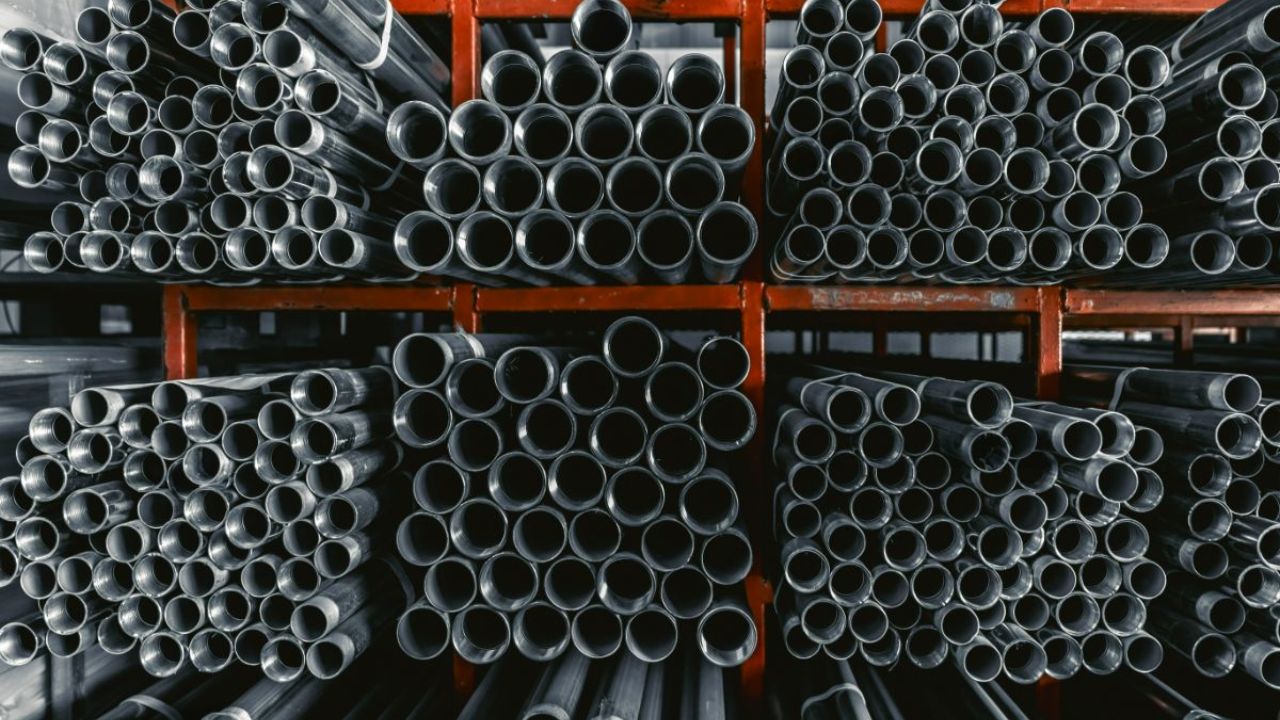The manufacturing industry of pipes requires strict adherence to precision and standardization standards. NPS stands as a common term used in pipe manufacturing. The technical code NPS requires a thorough understanding because it affects all pipe-related operations. The Nominal Pipe Size Definition helps people identify and refer to pipes using a standard size label. The pipe measurement system known as NPS represents “Nominal Pipe Size,” which functions as an essential tool for simplifying both pipe measurement and communication processes.
Understanding the Meaning of NPS
The NPS designation does not describe actual pipe dimensions because it represents a standardized naming convention. NPS functions as a standardized name for specific pipe dimensions. NPS serves as an identification tool that provides simple pipe size recognition even when the actual measurements differ from the label. A pipe with an NPS 2 label will not have its outside diameter set exactly to two inches. The standard tag “2” functions as a classification instead of representing a precise measurement. The standardized system maintains uniform communication across multiple industries and geographical areas.
Why NPS Is Important
The pipe manufacturing industry requires collaborative work between personnel from the construction, plumbing, and oil industries. The NPS system serves as a standardization method to maintain uniformity between different industry groups. Different professionals who speak from diverse backgrounds can understand each other when discussing pipe dimensions through this system. The width of pipes in their outer dimensions represents only one aspect of their construction. Their wall thickness and inner space also matter. The NPS system serves as a standard language that unites multiple pipe specifications into straightforward information.
How NPS Affects Pipe Selection
The selection of appropriate pipe dimensions affects both safety operations and total costs and system performance. Users together with manufacturers benefit from NPS since it helps them select the proper pipe dimensions. People who need a pipe for specific flow or space needs can easily determine the correct size by consulting the NPS chart. The system reduces time consumption while avoiding errors.
A single reference number for pipes enables users to understand their specifications since pipes exist with variable wall dimensions. The same NPS value between two pipes does not guarantee they will have equivalent wall thickness since their usage requirements differ. Through NPS, manufacturers provide several versions of identical pipe sizes to meet diverse customer requirements.
Standardization Across the Industry
The main purpose of NPS is to establish uniformity across pipe dimensions worldwide. The process of buying a pipe in one nation, followed by attempting to join it with a pipe from another nation, would be challenging. The standardization provided by NPS enables such operations when different countries need to work together. The NPS system enables the production and worldwide distribution of pipes, which leads to reduced operational difficulties. The standardized design of products enables manufacturers to create equipment that fits with other components without needing regular measurement adjustments.
The Role of NPS in Production
The manufacturing process of pipes receives guidance from NPS as an essential operational tool. Production equipment uses NPS specifications for setup to achieve faster manufacturing operations and maintain product consistency. Quality checks become faster due to workers being able to instantly verify pipe dimensions against NPS specifications.
This standardized system provides useful information when it comes to packaging and shipping operations. Workers need to know pipe NPS for determining their space requirements and proper handling procedures. The factory organization improves through this system while customers receive their correct orders.
Easier Communication with Customers
The implementation of NPS in pipe manufacturing supports better customer service operations. Clients typically refer to the NPS size when they place orders. The manufacturer obtains precise product requirements through this method instead of working with complex measurements or drawings. The NPS system provides valuable information to installation teams about pipe-part compatibility.
The improved communication streamlines the process to prevent mistakes and delays and returns that create financial burdens for manufacturers and customers.
Training and Education Around NPS
The introduction of new pipe manufacturing workers typically begins with NPS education as their primary training content. Organizations, together with training institutions, dedicate substantial emphasis to educating employees about the core principles of NPS because it remains a vital operational element. Basic NPS understanding enables staff members to prevent mistakes while working efficiently and expressing themselves effectively to their team members. Workers who develop a strong understanding of NPS from the beginning will be ready to execute complex responsibilities and make effective choices during regular work.
Conclusion
The pipe manufacturing industry depends on NPS because it provides a system that improves both the accuracy and the clarity of identifying pipe sizes. The initially complex system proves to be a simplifying tool that enhances various operational stages between production and customer interaction. The standardized pipe size system operates as a worldwide communication standard that helps different workers collaborate with greater efficiency. Anyone involved with pipe manufacturing operations must understand NPS because it has become an essential component for their work.

